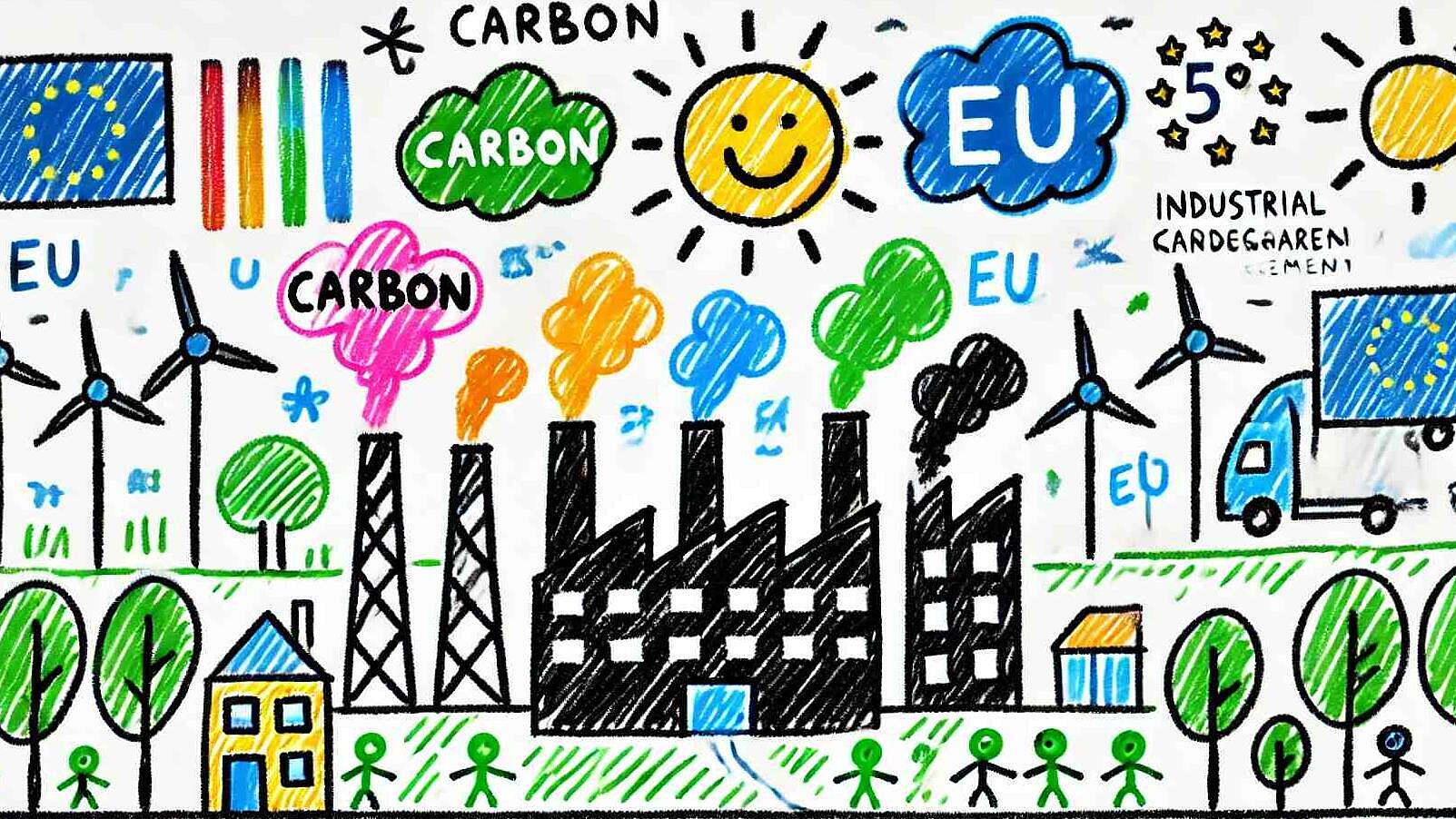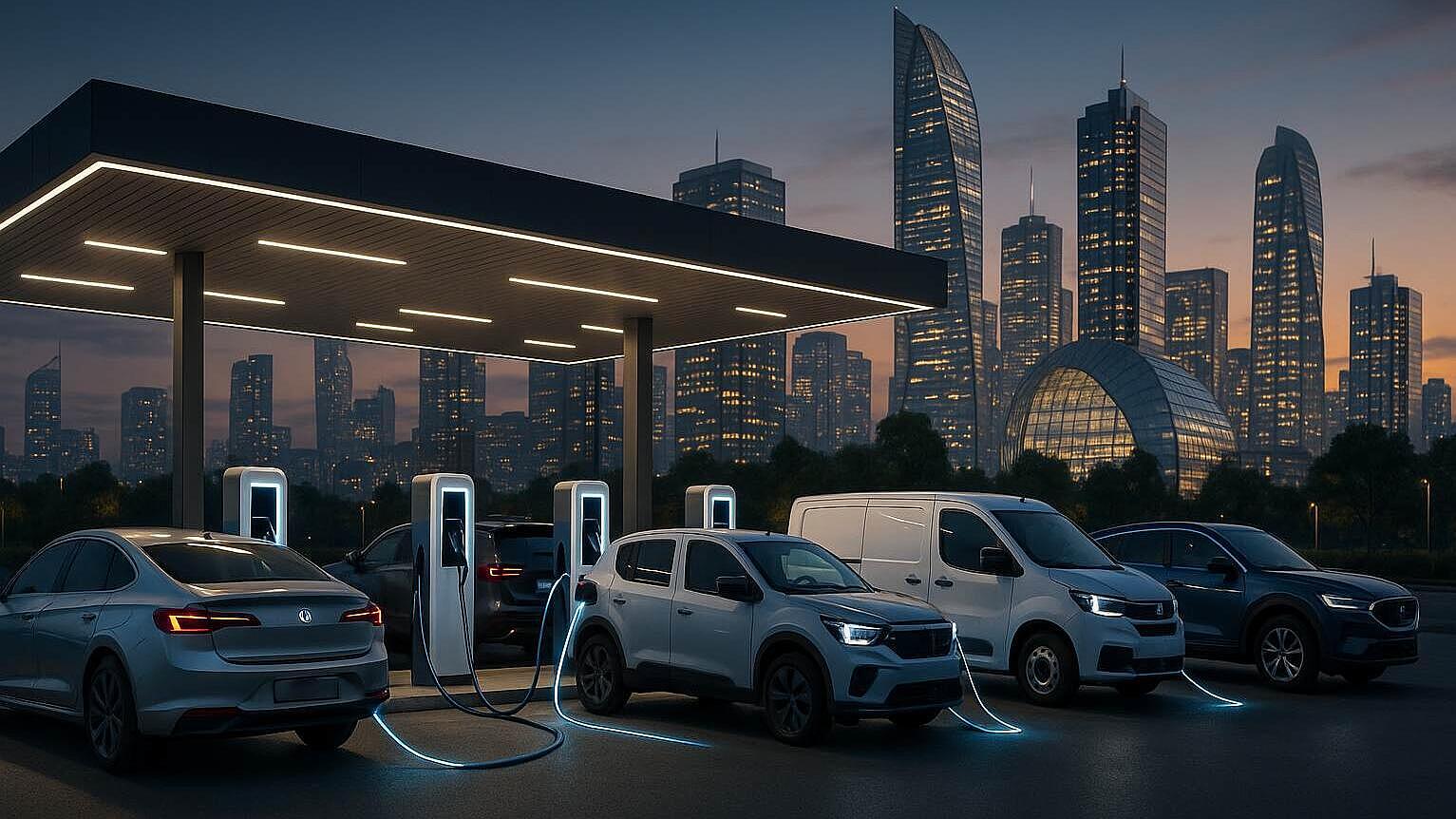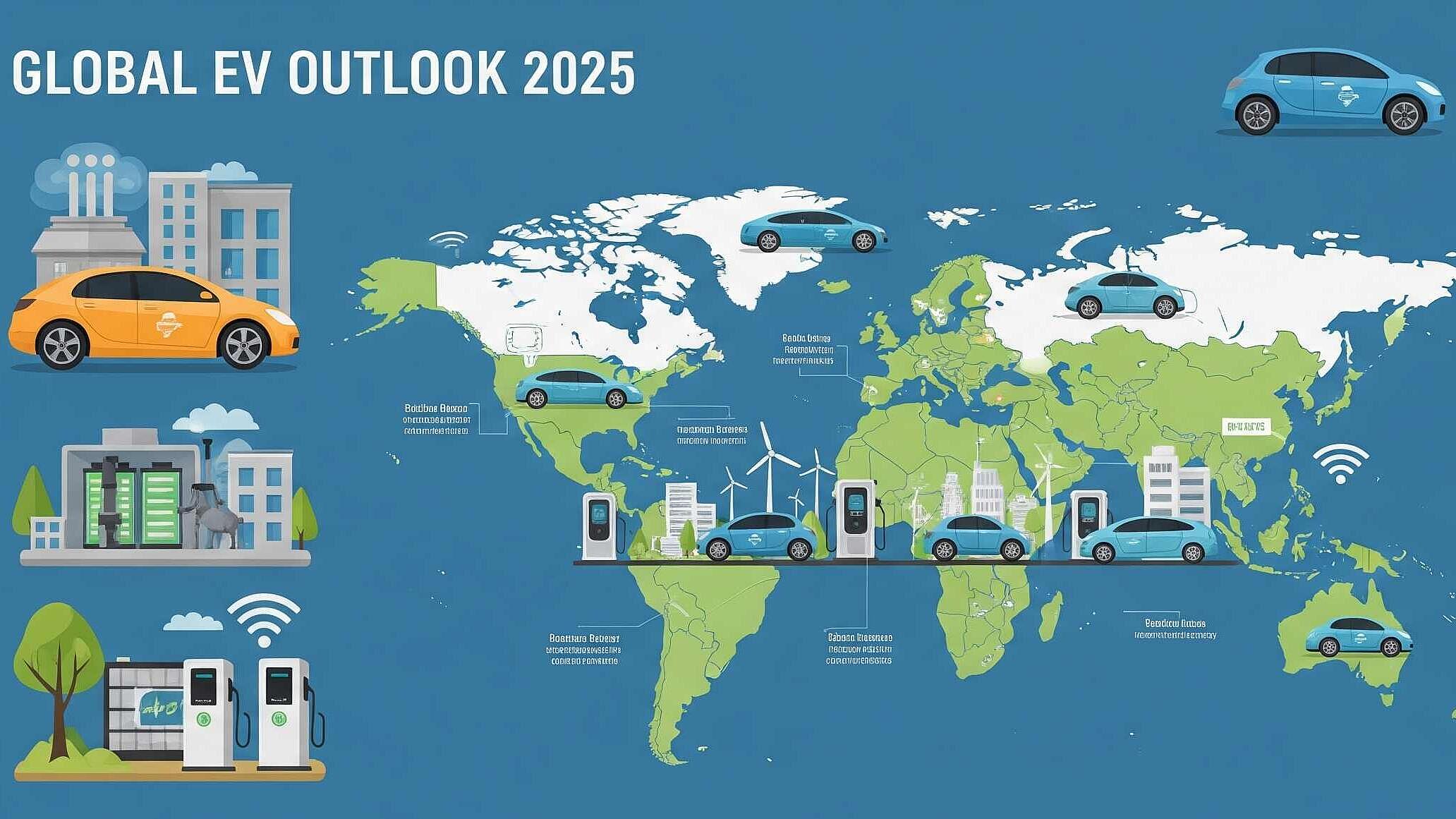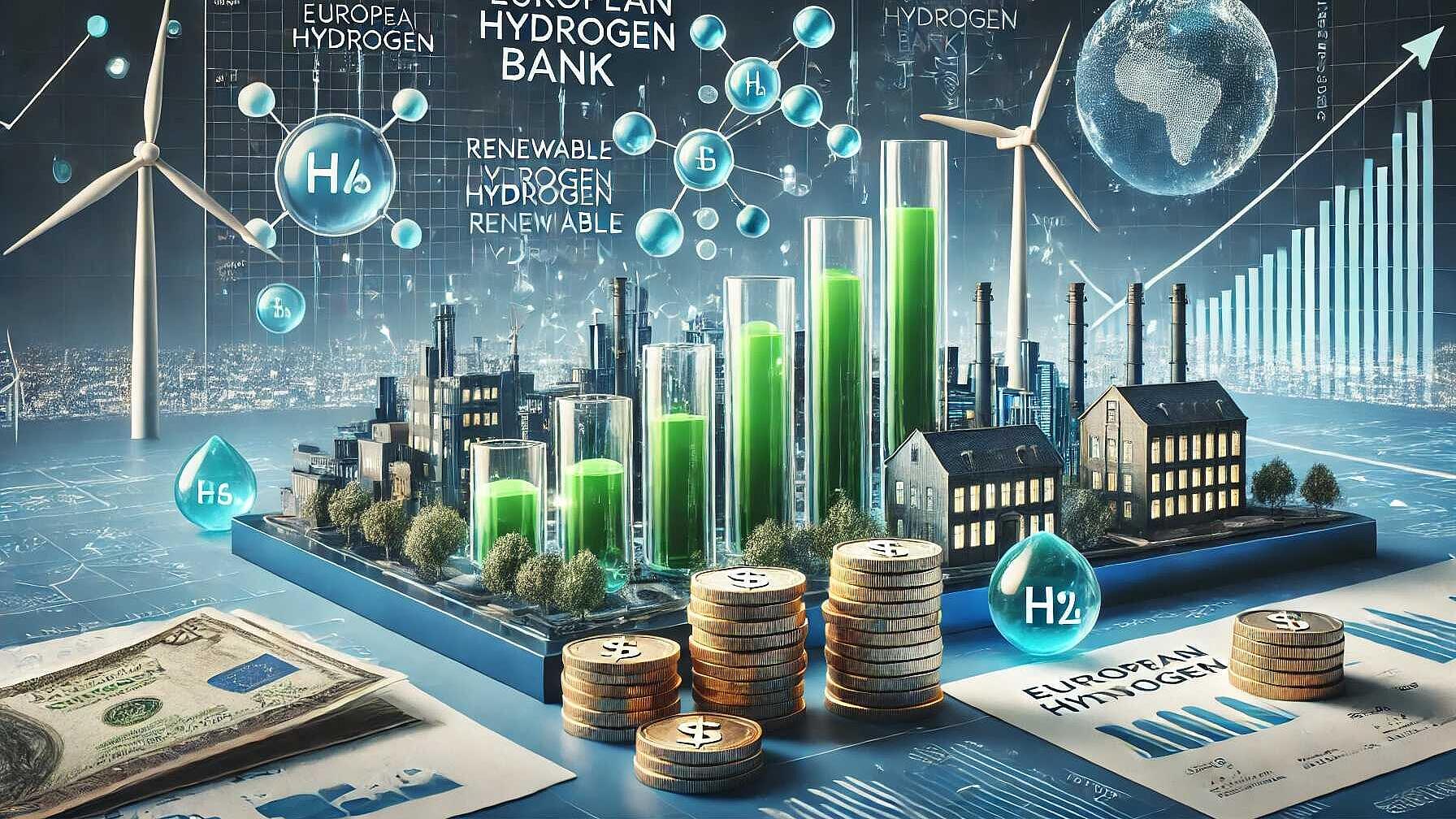 Renewable Energy
Renewable EnergyRenewable Energy
Space-based solar energy (SBSE) is an innovative method of energy generation that involves collecting solar power in space and transmitting it to Earth. It overcomes terrestrial limitations such as atmospheric absorption and intermittency due to day-night cycles. SBSE systems utilize extensive solar arrays that convert solar radiation into electrical power, which is then transformed into microwave or laser beams to be wirelessly transmitted to Earth-based receiving stations. The primary challenge facing SBSE is the significant cost associated with the launch and maintenance of space infrastructure, despite reductions in launch expenses. Concerns exist regarding the transmission efficiency and environmental impacts of the technology. The European Space Agency (ESA) is investing in SBSE, examining its feasibility and benefits, with efforts geared towards enhancing solar panel efficiency, wireless transmission, and tackling the logistical hurdles of space construction. CALTECH's Space Solar Power Demonstrator (SSPD) project is testing fundamental SBSE components: high-efficiency solar cells, wireless power transmission, and deployable structures. Promising initial results have indicated progress in solar technology and wireless energy transmission efficiency, vital to the future of SBSE systems.
Read Full articleHarnessing Carbon: Europe's Ambitious Plan for Industrial Carbon Management
The EU's industrial carbon management strategy aims for climate neutrality by 2050, targeting innovations in carbon capture and utilization (CCU), carbon capture and storage (CCS), and CO2 transport through a 19,000 km network. This transformative approach, fostering a carbon value chain, could generate €45-€100 billion and create 75,000-170,000 jobs by 2030, while positioning the EU as a global leader in carbon management technologies. The strategy emphasizes investment, R&D, public engagement, international cooperation, and regulatory development.
Read Full articleCharging Ahead: How Electric Vehicles Are Powering a Sustainable Future for the Next Generation of Innovators
The paper discusses the rapid global adoption of electric vehicles (EVs), driven by falling battery costs, government incentives, and a growing commitment to environmental sustainability. Advances in technology, like solid-state batteries and Vehicle-to-Grid systems, are enhancing EV capabilities and integration into energy grids. Despite challenges like charging infrastructure and ethical material sourcing, EVs are increasingly seen as crucial for cleaner transportation and climate change mitigation, impacting energy systems, creating new economic opportunities, and transforming urban environments.
Read Full article3 ways AI can support energy management
There are several ways that AI can be used to support energy management. The field of AI for energy efficiency is an active area of research and development, and new applications are being discovered all the time.
Read Full articleEV Revolution: Transforming Global Mobility Through Innovation and Accessibility
In 2024, global electric vehicle (EV) sales exceeded 17 million, a significant increase from 2020 totals. China's electric car sales hit 11 million, driving affordability and adoption worldwide. Battery cost reductions and technological advancements improved EV competitiveness, while the expansion of charging infrastructure supported the growing EV market. Electric commercial transport also gained momentum, with electric trucks becoming more economically feasible. Projections suggest EVs will continue to grow, reaching substantial market shares globally by 2030.
Read Full articlePowering the Future: A Comprehensive Look at Hydrogen Production Methods
The paper provides an analysis of 19 hydrogen production methods, focusing on efficiency, cost, and environmental sustainability. It identifies the efficiency of fossil fuel reforming and the high environmental impact of non-renewable sources. Renewable methods are more sustainable but less developed. Hybrid approaches offer balanced results while further innovation is needed for truly sustainable hydrogen production.
Read Full articleBoosting the Hydrogen Revolution: The Role of a European Hydrogen Bank
The EU aims to produce and import 20 million tonnes of renewable hydrogen by 2030 to achieve climate targets. The European Hydrogen Bank, integral to REPowerEU, supports this via subsidies and market integration. Investments in hydrogen technologies foster innovation, job creation, and international cooperation, enhancing energy security and global leadership in clean energy transitions.
Read Full articleThe Power of Renewables: A New Era in Clean Energy
The global energy landscape is shifting towards renewables, with wind and solar as the fastest-growing sources. Innovation in efficiency, storage, and smart grids are driving this transformation. Despite challenges like grid integration and policy development, renewable energy is pivotal for job creation, energy independence, and fighting climate change, offering diverse career opportunities.
Read Full articleHop into a Green Easter: Renewables, Efficiency, and Energy Savings!
Easter influences electricity markets, with household energy use rising, industrial consumption dropping, and the UK setting record-low carbon intensity levels due to high renewable energy contributions during the holiday. Seasonal solar energy benefits and energy efficiency practices at homes and industries enhance sustainability.
Read Full articleBiomass Gasification: A Key to Decarbonizing Energy-Intensive Industries
The EU project CORALIS explores biomass gasification's techno-economic feasibility for decarbonizing energy-intensive industries, highlighting its potential with syngas and biochar production as fossil fuel alternatives. Larger-scale operations demonstrate better economic returns, with significant positive impacts on industrial decarbonization efforts.
Read Full article








